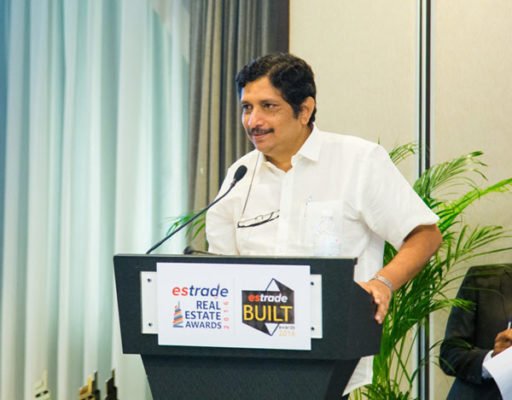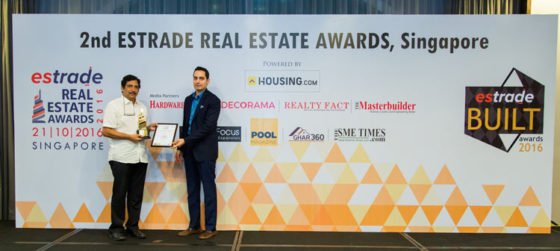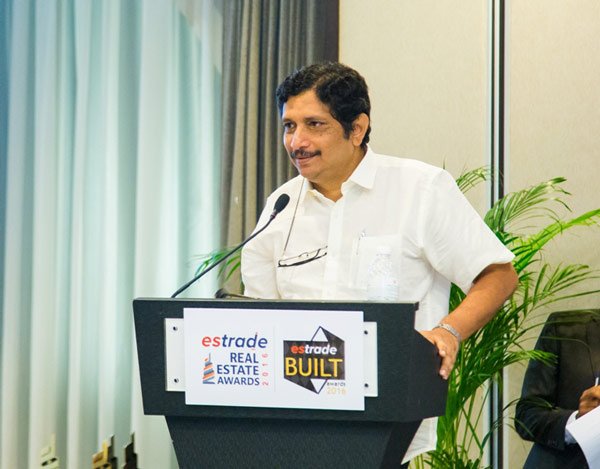
Benny started his career in 1984 and received the basic lessons in architecture under the tutelage of Laurie Baker. This was after he received the Charles Wallace India Trust award for an MA in conservation studies at the University of York. He received his doctorate from the Indian Institute of Technology, Madras. Benny is known more for his work on the master plan of the Muziris Heritage Project. Recent architectural works include the Muziris Heritage Project, The Springdale Heritage Resort in Vandiperiyar, Anantya Resort in Kanyakumari, the design of the tsunami affected villages of Chinnangudi and Tarangmbadi in Nagapattinam District and the HarishreeVidyalaya School in Chennai.
Benny has authored the book, ‘Conserving Timber Structures in India’ and is one of the editors of the book ‘Guidelines for the Preparation of a Heritage Management Plan’. He has offered his services as consultant to UNDP, various State Governments and other organizations. www.benny.in
- What is your design Philosophy?
I try to explore an architecture that is appropriate to the environment, cost effective, sustainable and at the same incorporating the principles of vernacular architecture in the modern context. I do not have a style of my own. I think, the concept is much more important than the style in design.
- Who inspires you?
I have been inspired by the works of Laurie Baker. He used natural materials, traditional techniques, and used simple methods to make the buildings thermally comfortable, the same principles followed in the vernacular architecture. I follow the same principle – using vernacular elements and spaces but in a different way which makes my buildings distinctive.
- How have the new technologies affected an Architect’s thinking process? How have they impacted procedural architecture?
The technologies have definitely affected the architect’s thinking process. Some of the tools that are available at the click of a button today were completely unthinkable around say 30 years ago or so. Technology is ever changing and so is our way of life. Procedural architecture, or for that matter any type of architecture, evolves with time, with change in technology, etc.

- Are you concerned about environmental and social sustainability in your buildings? If so, what role does green building play into your work?
Yes. The fact that one advocates sustainable architecture does not mean that we should live in the way our ancestors did. The society and the technology have undergone changes and it will be difficult to reverse them. But the present way of building and designing is not the right way and we will be forced to change our ways in the near future.
The architecture I know is very complex with many dimensions – social, cultural, technical, political etc. And judging a building whether it is green by giving marks is very superficial. I am not questioning the green ratings but I think that they do not capture the richness, the complexity or the diversity of our architecture or sustainability.
We need to develop new approaches and solutions which means selecting appropriate technologies, using the best and not the cheapest method of construction, employing life-cycle assessment, seeking out local sources of energy and materials, employing local building skills and know-how. I try to do the same in my design.
- Can you tell us about any projects you are currently working on that you are especially excited about?
I learnt quite a bit working on conservation projects. The best way of going green is to conserve our old buildings. Working on the Muziris Heritage Project, it has been proven that conservation and development can go together. It is planned as a conservation project. In one sentence, when the project is completed, it will be a walk through 3000 years of Kerala’s history. The place is very special since this is the place where the jews, arabs, greeks, portuguese, dutch and the british etc. came. Three religions came to India through this port namely Judaism, Christianity and Islam.
The Muziris project has many dimensions. It is an educational project, developmental project and a model for the sustainable tourism also. Conservation of historic buildings are being done as part of this project. Different museums are already open to the public. There is infrastructure improvement such as the construction of new boat jetties etc. Archaeological excavations are being carried out in Pattanam and Kottappuram fort as part of the project. Lot of academic research is also happening.
The concept of the Muziris Heritage Project is very unique. It is an alternate approach to heritage management and the biggest challenge was to develop the concept which suits the local context.
- What is your ultimate goal when it comes to your work? What do you want to be remembered for?
Thirty years ago, when I started the career, I never expected that I will reach a stage like this. I realised the relevance of my works only as time passed by, when there was more demand for the kind of buildings that I do. In the years to come, I expect that I will be able to do some projects which will be of some relevance to the future. Also I am hoping that I will be able to take architecture to another level, what has been started by Laurie Baker.
- What advice would you give to young designers starting out today?
Learn from our traditions, try to create architecture designs which are more suitable to our climate and culture and society, use local materials, avoid waste, and then you will not go wrong in designing buildings.
- How IT & IT solutions enhance value in design of living spaces?
The computers have expedited the execution and management of the projects. They have also become helpful in communicating the design, but I am doubtful whether they are improving the creativity of design in any manner or not.
“Best way of going green is to conserve our old buildings”: Benny Kuriakose






